Gerberas Need To Be Deadheaded To Ensure Healthy Growth – Experts Share How
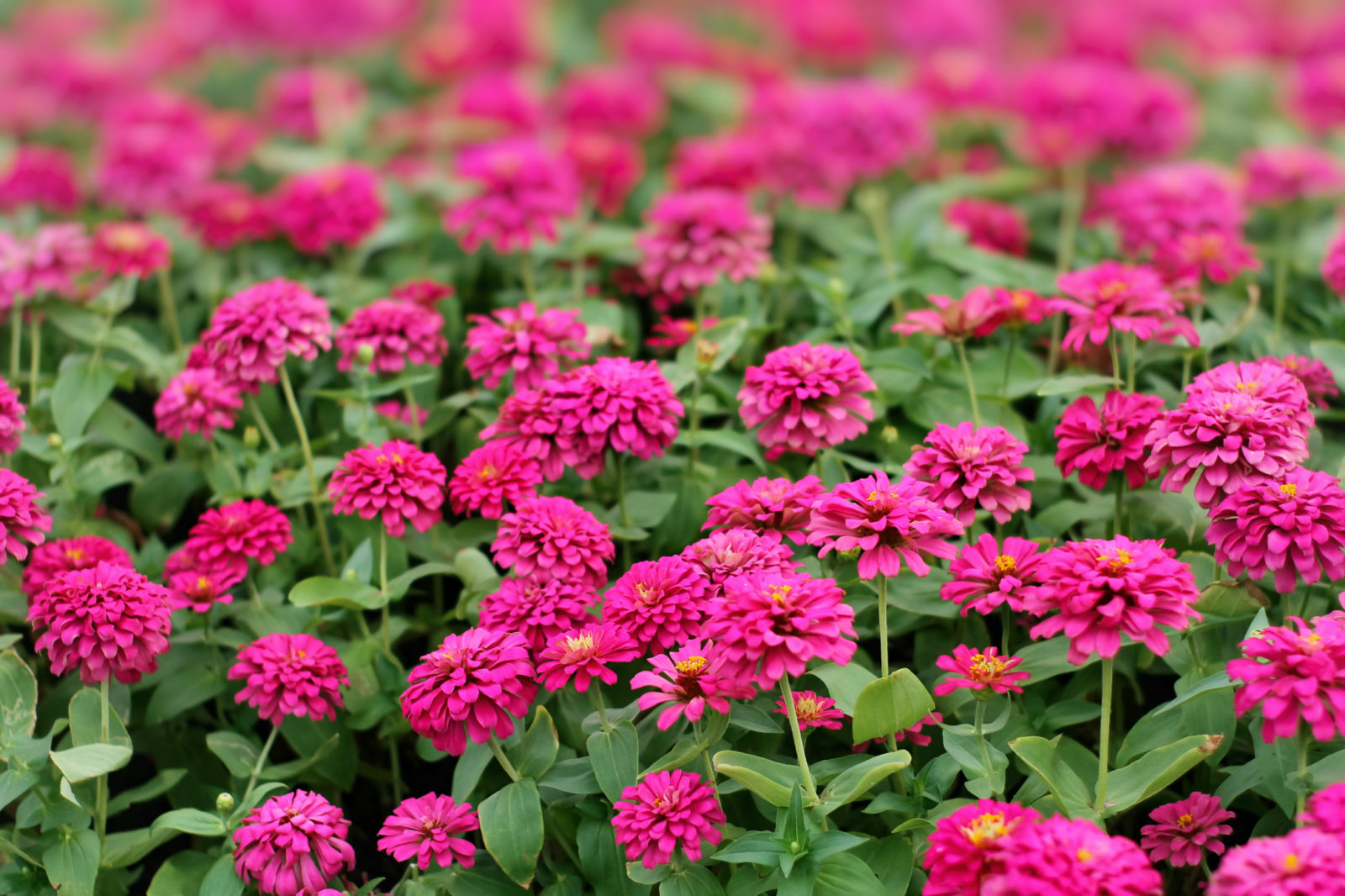
PERENNIALS > GERBERA > DEADHEADING
Chris is a gardening writer and nature enthusiast. He graduated from Oxford Brookes University in 2022 with an MA in Psychology. Chris works with the Leeds Green Action Society, helping their food cooperative by growing various fruit and vegetables on their two allotments in Hyde Park, Leeds.
Reviewed By COLIN SKELLY

Colin is a Horticulturist and Horticultural Consultant with experience in a range of practical and managerial roles across heritage, commercial and public horticulture. He holds the Royal Horticultural Society’s Master of Horticulture award and has a particular interest in horticultural ecology and naturalistic planting for habitat and climate resilience.
IN THIS GUIDE
GERBERA GUIDES
Brown Spots
Container Growing
Deadheading
Propagation
Varieties
Winter Care
Gerberas are part of the daisy family and produce beautiful blooms, bursting with colour.
Coming in single shades or multi-coloured, gerberas can be planted both indoors and outdoors and are a splendid addition to any home or garden.
This plucky little plant can bloom from spring all the way through summer, with some varieties flowering up to the first frosts.
They are also adored by bees and other essential pollinators.
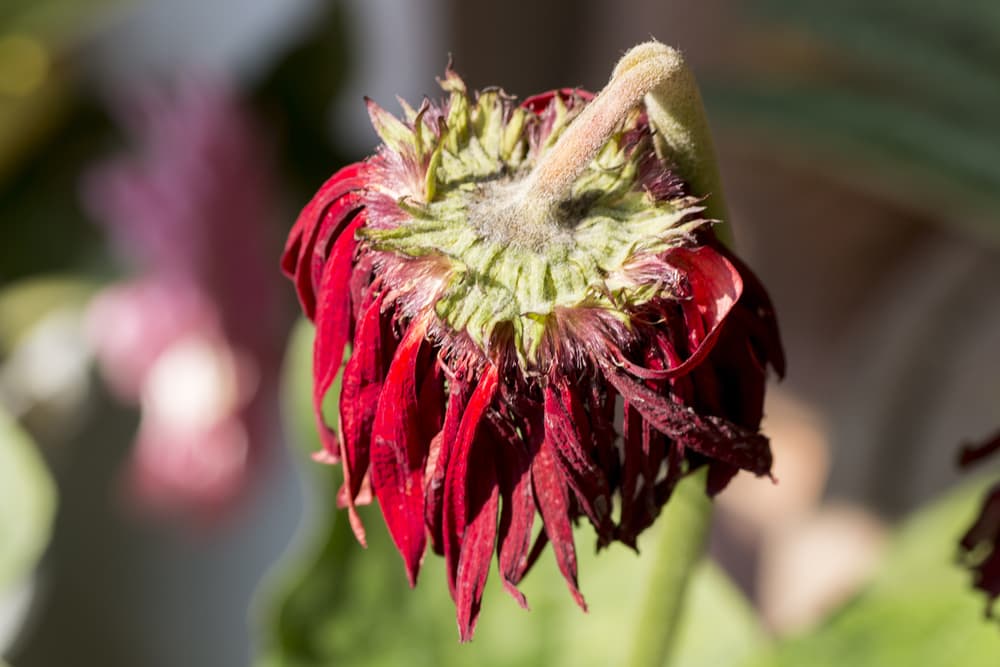
Like many members of the daisy family, gerberas need to be deadheaded to ensure healthy growth and to extend blooming periods.
Here are the 4 easy steps you need to follow to do this:
- Rinse a pair of scissors or pruners.
- Prune the flower stems back.
- Pinch or trim older leaves.
- Feed your gerberas with a liquid fertiliser.
These steps are explained in more detail below.
| Difficulty | Easy |
| Equipment Required | Kitchen scissors or pruners |
| When To Deadhead | March-September (when flowers are withering) |
When To Deadhead
When your gerbera’s flowers are starting to wilt, before the petals have fallen off, it’s time to deadhead them.
“Gerberas are definitely one of those plants that benefit from deadheading,” says Master Horticulturist Colin Skelly.
“Aside from encouraging further flowering, the dead stems really do detract from the bright fresh blooms.”
This could be anytime during the blooming period between March and September.
1) Clean Your Tools
We recommend doing this in a solution of 1 part bleach and 9 parts water.
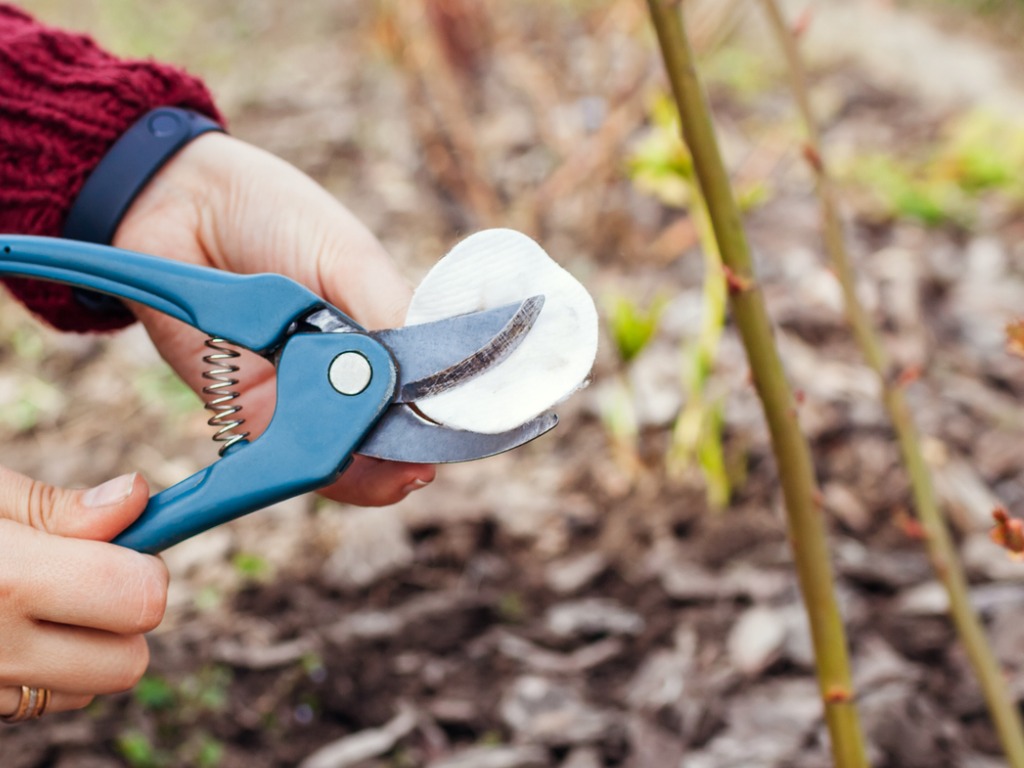
This will sterilise the tool and prevent diseased organisms from spreading to the gerbera whilst deadheading.
2) Prune Stems
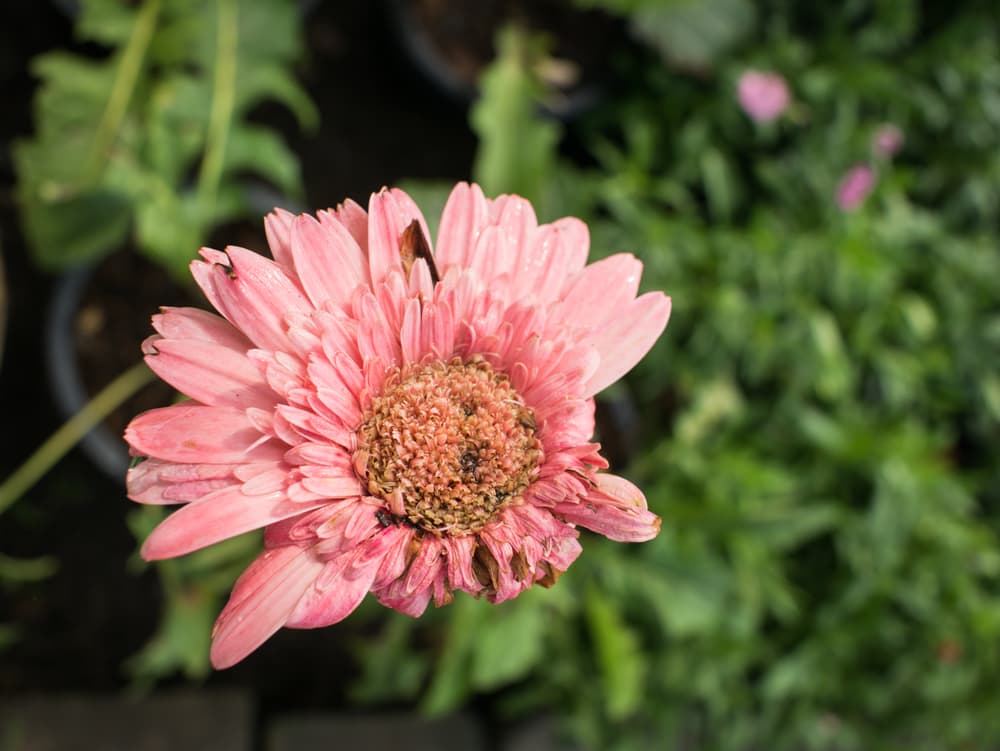
From the flowering head, follow the stem down to where it emerges from the foliage and make the cut.
3) Pinch Or Trim Leaves
When leaves become tired and shabby-looking, you can pinch or trim them.
This will keep your gerbera looking its best and will also encourage new foliage growth.
4) Feed With Liquid Fertiliser
Blend up a half-strength, well-balanced liquid fertiliser and feed your gerberas every couple of weeks during spring and summer.
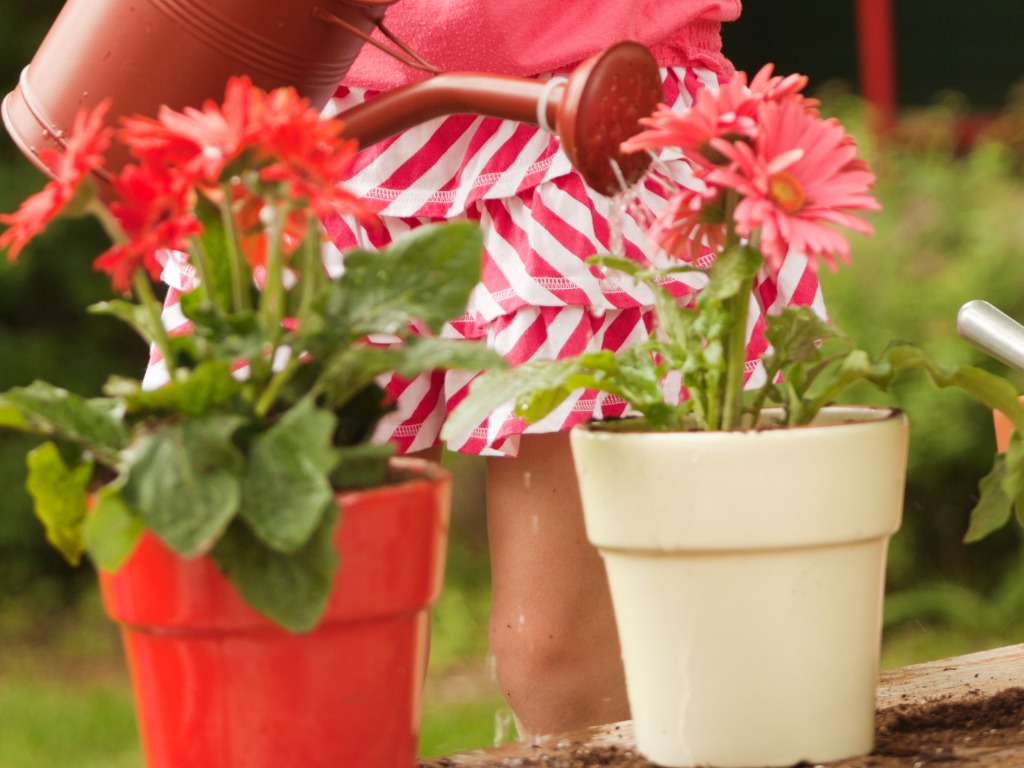
This will encourage continued blooming.
By repeating these steps when needed, you will extend the blooming cycle substantially and really get the most out of your gerberas.
Other Ways To Enjoy Your Gerberas
You can make absolutely glorious indoor arrangements with gerberas.
When your plant is in full bloom, you can take a clean pair of kitchen scissors or shears and cut the stem near the base of the plant.
Fill a broad-based vase with 2cm of water.
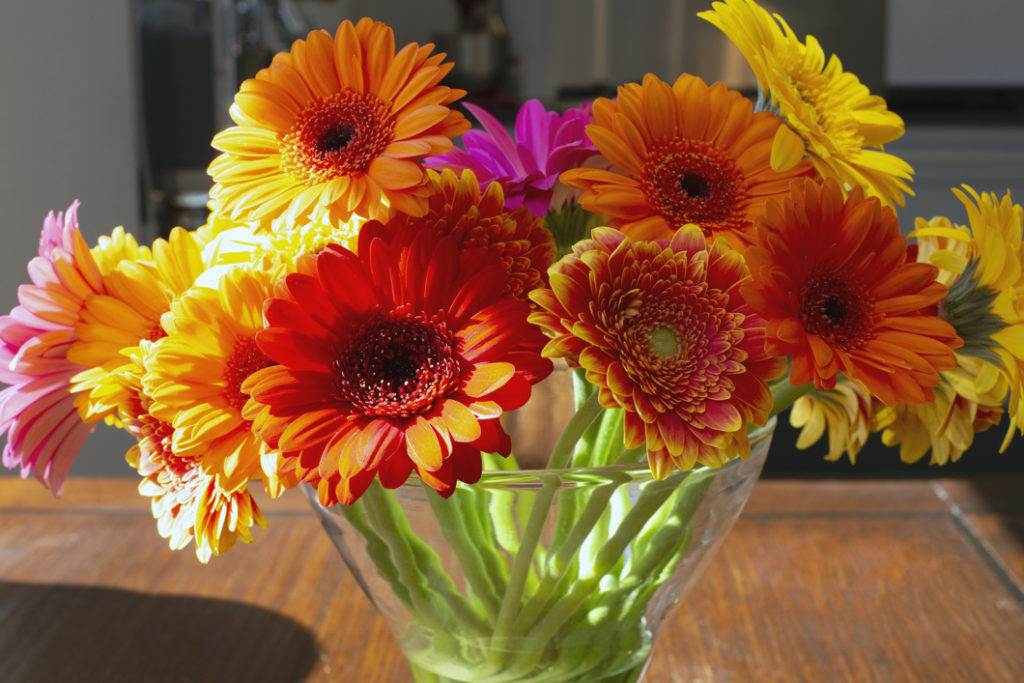
This shallow water reserve helps to slow down stem decay, keeping your gerberas looking healthy and happy for longer.
Place the trimmed stems in the vase, arrange them to your liking and enjoy!
